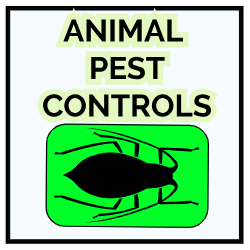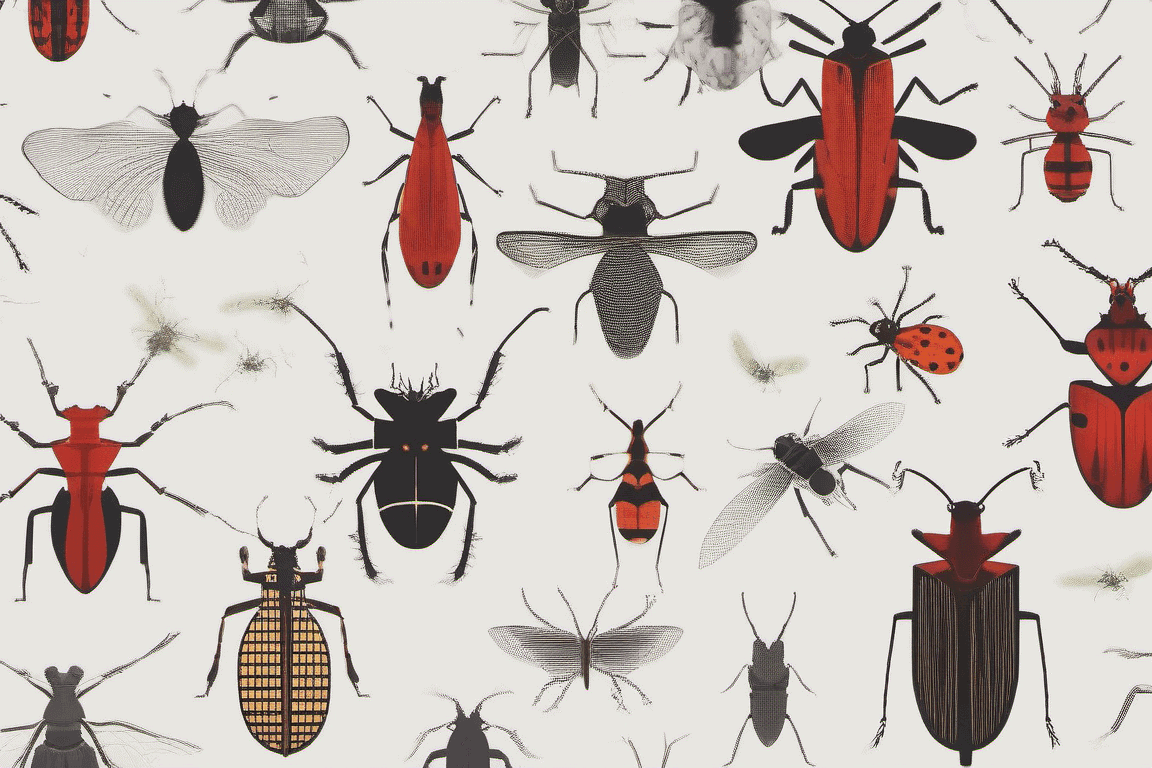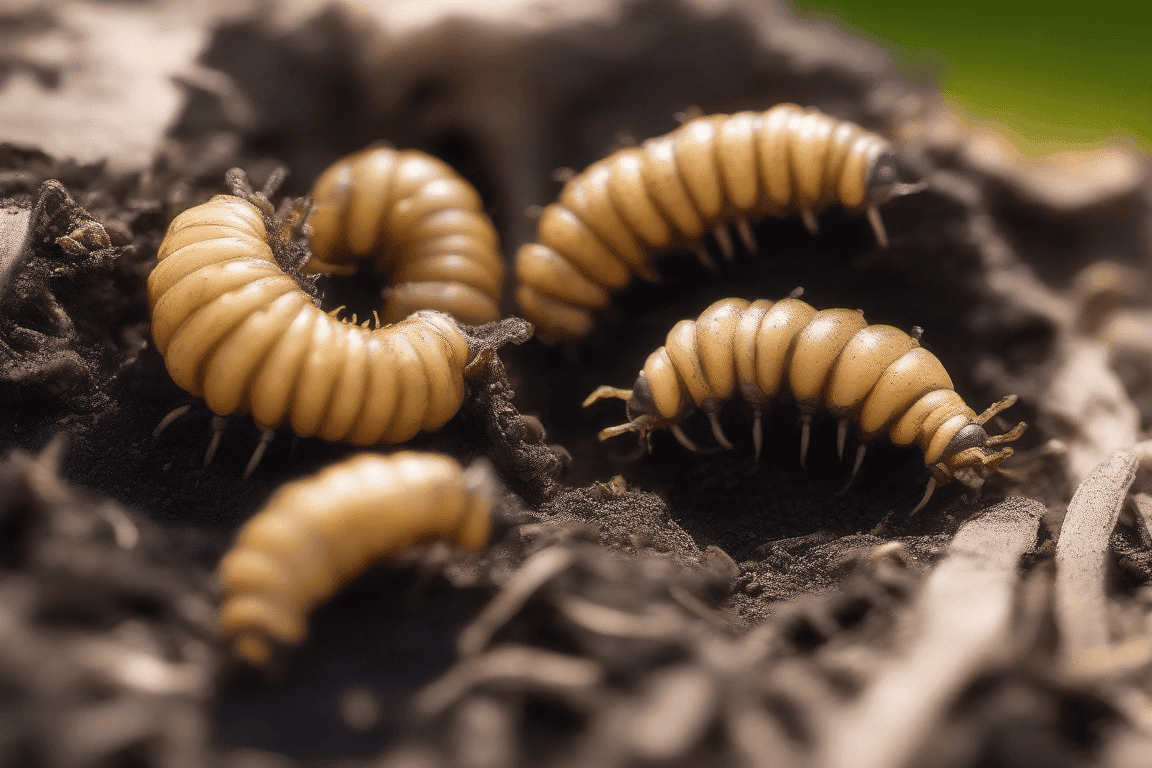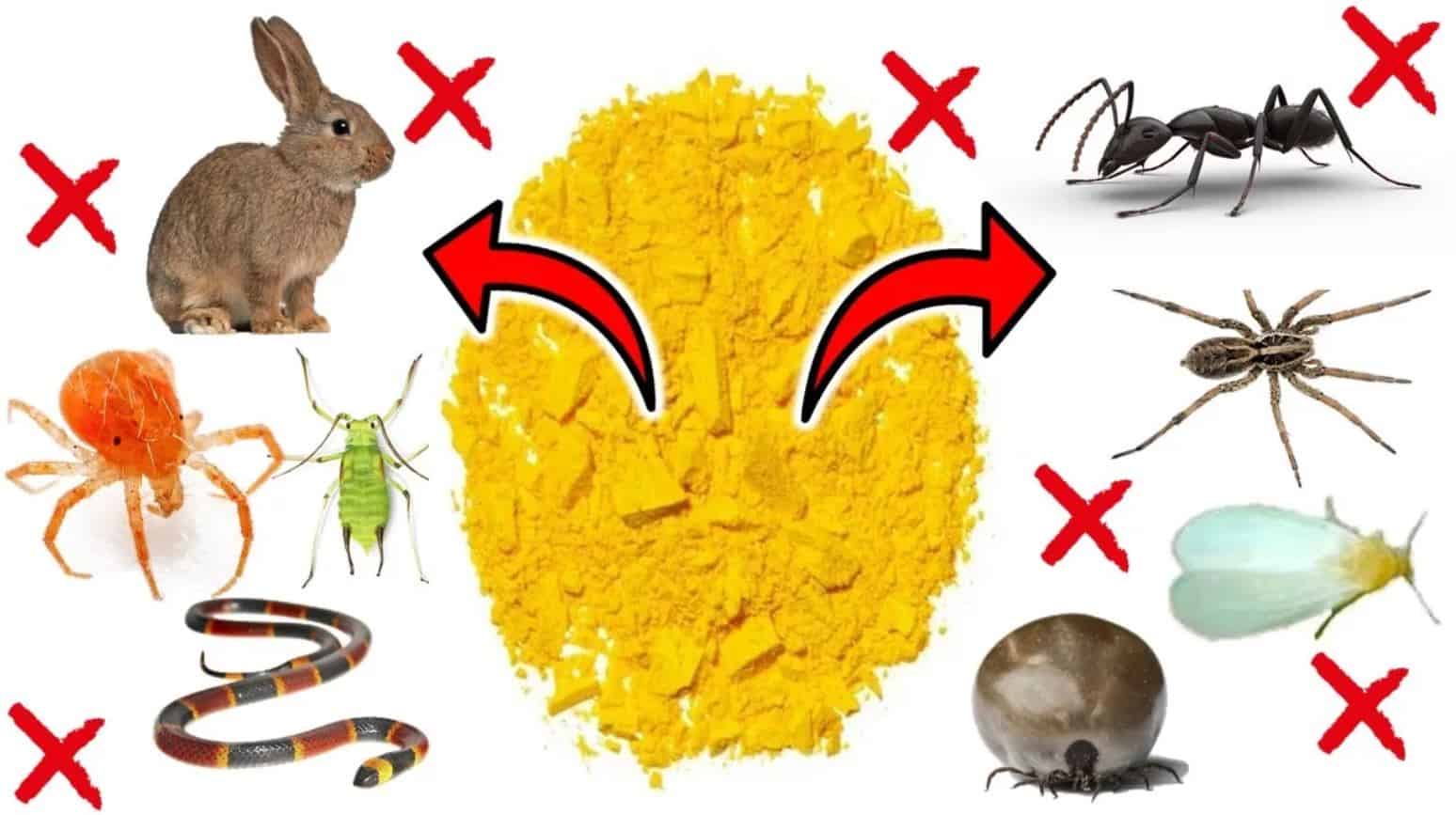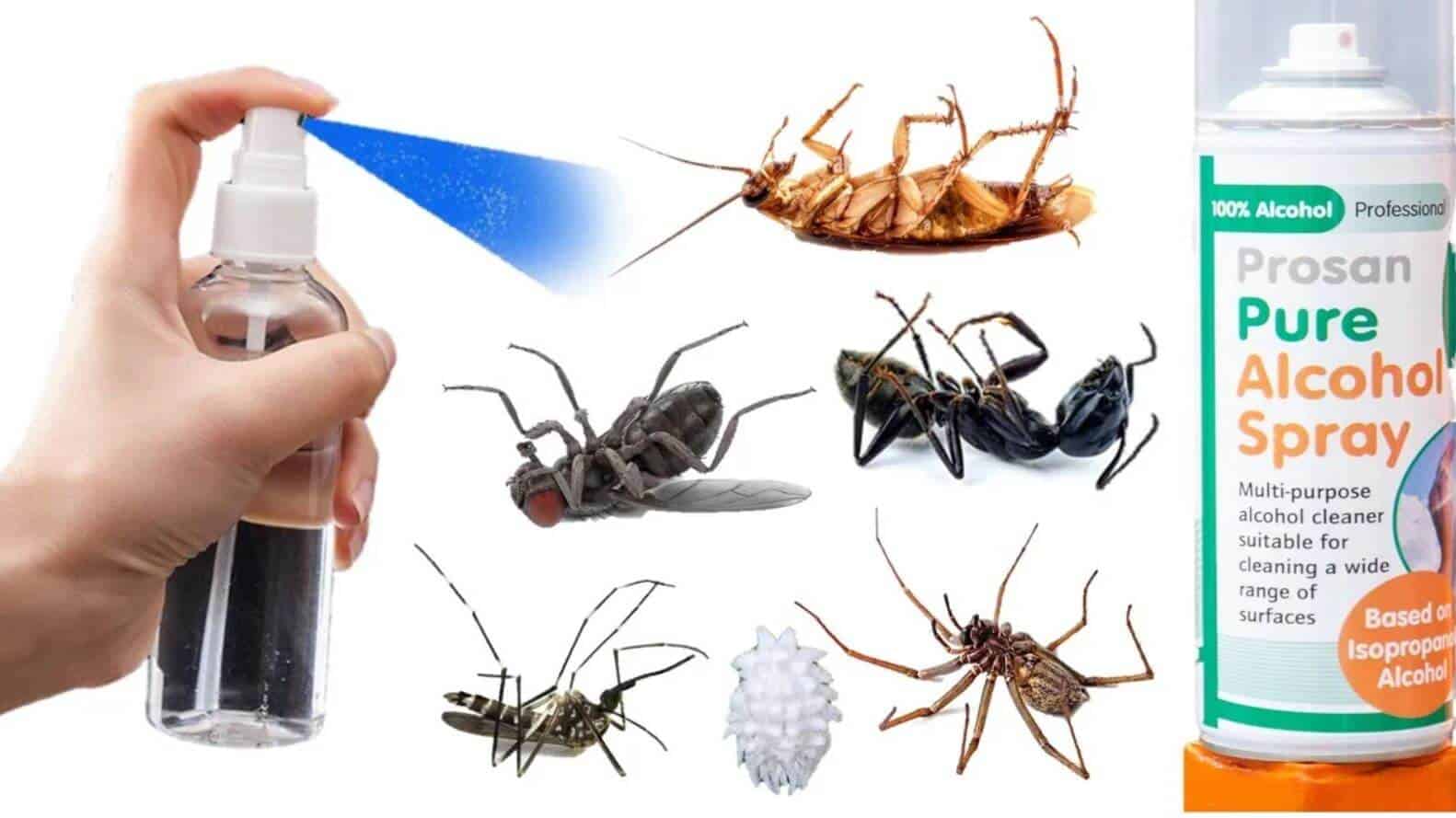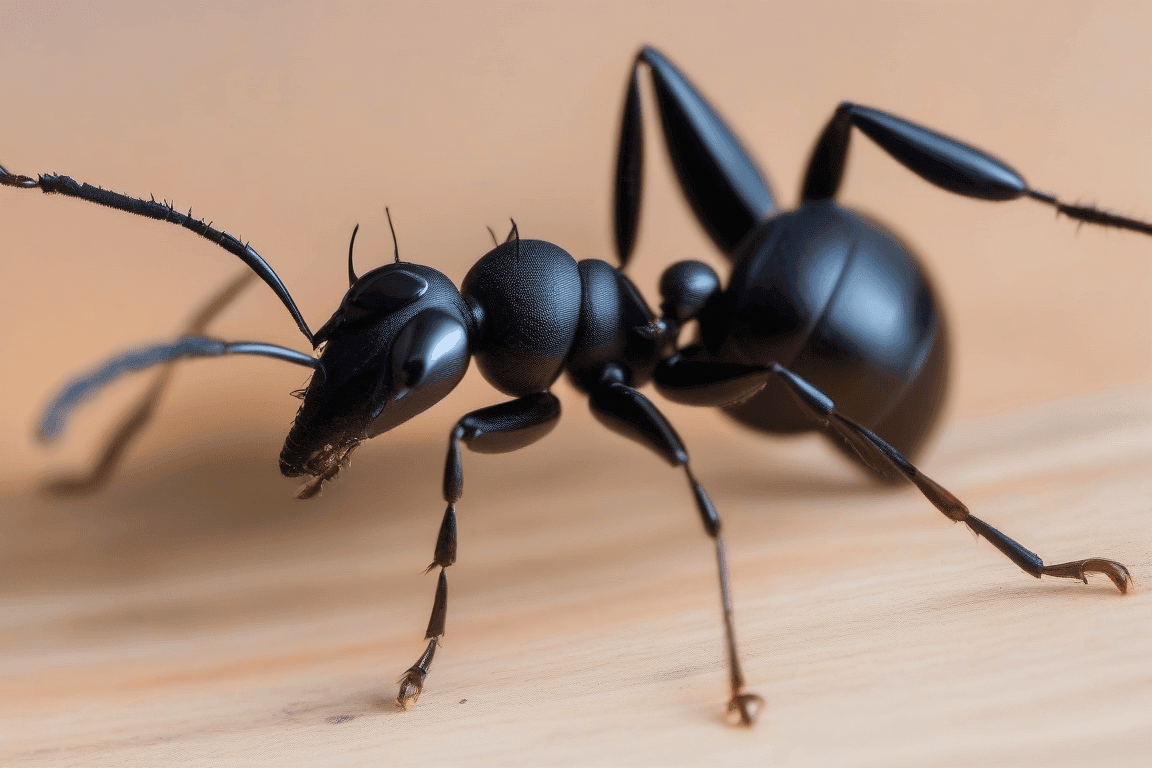Have you ever woken up to a symphony of rustling in your attic and realized it’s not a rogue bag of popcorn but a raccoon family throwing a late-night shindig?
Raccoons are clever and curious, but let’s face it, they can be downright destructive in your home.
A raccoon’s dexterous little hands can open jars and even unscrew lids. Talk about a masked bandit with impressive skills!
If these furry fiends have turned your yard into a warzone and your attic into a personal playground, you’re in safe hands!
Today, we will guide you on how to send those masked marauders packing.
From creating DIY deterrents with garden ingredients to using the power of exclusion tactics, we will teach you how to make your home a Fort Knox against raccoon break-ins.
But that’s not all! We’ll also explore ways to outsmart these clever creatures.
Think of strategic hiding techniques for tempting treats that lead them away from your house and clever decoy placements that confuse their sense of direction.
So grab a flashlight, and let’s outsmart those masked raiders!
What are Raccoons?
Raccoons have a distinctive appearance, featuring mask-like facial markings and bushy, ringed tails.
Dense fur covers their bodies, ranging from grey to brown. This coloration provides excellent camouflage in various environments.
Measuring about 2-3 feet long and weighing between 10-30 pounds, raccoons are relatively small but robust creatures with agile movements and dexterous paws.
These animals are intelligent and display curious and resourceful traits. They are nocturnal creatures, preferring to be active at night when they scavenge for food.
Raccoons have a varied diet consisting of fruits, nuts, insects, small animals, and even human garbage—an adaptable feeding habit that contributes to their widespread presence in urban settings.
These opportunistic feeders are famous for their exceptional climbing skills.
They can also manipulate objects using their front paws with remarkable precision.
Table of Contents
So, how do you send these cunning animals away from your home?
1. Remove food crumbs and seal your trash cans
You must pay attention to details like food crumbs and improperly sealed trash cans to deter raccoons from invading your space.
These seemingly small factors attract these clever animals looking for an easy meal.
Regularly cleaning up food crumbs and sealing trash cans remove potential food sources that might entice raccoons to linger around your property.
This simple yet critical step can go a long way in discouraging them from making themselves home in your house, attic, or yard.
Consider investing in heavy-duty trash cans with locking lids to reduce the chances of raccoons gaining access to your garbage.
These sturdy containers prevent food smells from escaping and make it challenging for raccoons to open them with their dexterous paws.
Take these preventive measures to protect your property from raccoons and promote a cleaner and safer environment.
So remember, a little effort in removing food crumbs and securing trash cans can make a big difference in keeping unwanted guests at bay!
2. Eliminate stagnant water
Removing lagging water in your yard is essential for preventing raccoons from being attracted to your property and maintaining a healthy environment.
Stagnant water can provide drinking water and breeding grounds for insects and other pests, which may attract raccoons searching for food sources.
To tackle this issue, ensure that your gutters are clean and debris-free, allowing rainwater to flow freely instead of pooling in certain areas.
Consider installing a French drain or incorporating proper landscaping techniques to divert excess water from your property.
Addressing lagging water issues mitigates the risk of raccoon infestations and contributes to the cleanliness and safety of your outdoor space.
Remember, prevention is vital when dealing with unwanted wildlife encounters, so taking proactive steps to eliminate stagnant water can go a long way in safeguarding your home against raccoons and other nuisance animals.
3. Seal possible entry points and trim back trees
When dealing with raccoons in your house, it is imperative to seal off all possible entry points these clever critters may use to gain access.
Raccoons are skilled climbers and can squeeze through surprisingly small openings. So, ensure you inspect your property for any potential entryways.
Common areas where raccoons may enter include gaps in the roofline, broken vents or chimneys, and gaps under decks or porches.
To keep raccoons out – use heavy-duty materials like steel mesh or hardware cloth to cover openings.
As an extra precaution, trim back tree limbs close to your home, as they can provide easy access for raccoons looking to climb onto your roof.
Being proactive about sealing off entry points and constantly monitoring for new vulnerabilities prevent raccoons from making themselves home in your living spaces.
4. Sprinkle vinegar solution
Sprinkling a vinegar solution around your house, attic, and yard can deter raccoons.
The strong scent of vinegar repels these curious creatures due to their sensitive sense of smell.
Creating a barrier with the solution discourages raccoons from entering your living spaces and causing damage.
The acidic nature of vinegar makes it an uncomfortable experience for raccoons if they come in contact with it.
This discomfort may lead them to avoid areas treated with the solution altogether.
Besides, using a vinegar solution is a natural and non-toxic way to drive away raccoons without harming them or the environment.
So, next time you deal with unwanted visitors like raccoons, consider trying this simple yet effective method!

5. Use garlic juice
Garlic juice is a potent natural repellent that can help keep raccoons away from your home.
Its odor is a deterrent for these curious creatures, who dislike the pungent smell of garlic.
Apply garlic juice around entry points or areas where raccoons frequent to make an invisible barrier that discourages them from coming close.
Another effective way to use garlic juice is by mixing it with water and spraying it along the perimeter of your property.
This approach creates a protective boundary that raccoons are less likely to cross.
You can also soak rags or cotton balls in garlic juice and place them strategically in areas vulnerable to raccoon activity, such as near trash cans or under deck spaces.
These simple but effective methods harness the power of nature to help you coexist peacefully with wildlife while keeping your home safe and secure from unwanted intruders.
6. Spray hot pepper solution
Another effective ingredient for deterring raccoons from invading your space is hot pepper.
These fiery concoctions irritate the raccoon’s sensitive nose and eyes, creating a deterrent without causing any harm to the animal.
You can easily make this natural repellent at home by mixing hot peppers with water and dish soap to help the solution stick to surfaces.
When applying the spray, target areas where raccoons are most likely to enter or cause damage, such as around trash bins, in the attic, or near gardens.
Be sure to reapply the solution regularly, especially after rainfall or if you notice raccoon activity returning.
Incorporating this sustainable and humane method into your pest control routine will keep raccoons at bay without harmful chemicals or traps.
7. Install wind chimes or ultrasonic devices
If you are looking for a non-invasive way to deter raccoons from their property, installing wind chimes or ultrasonic devices is an effective solution.
Wind chimes produce a soothing sound that can disrupt the quiet environment raccoons prefer, making them uncomfortable and encouraging them to stay away.
Alternatively, the high-frequency sounds emitted by ultrasonic devices are unpleasant to raccoons, acting as a deterrent without causing harm.
Wind chimes and ultrasonic devices offer a humane and eco-friendly option for keeping raccoons at bay, avoiding the need for traps or chemicals.
These methods tap into sensory discomfort rather than physical barriers, providing a subtle but effective means of discouraging raccoons from frequenting your home or yard.
Consider experimenting with these alternative solutions to see if they help deter unwelcome wildlife from your property.
8. Install and rotate decoys
Another effective strategy to deter raccoons from invading your property is to install and rotate decoys.
Decoys can include fake predators like owls, coyotes, or even motion-activated devices that emit the sounds of predators.
Placing these decoys around your yard creates the illusion of a predator’s presence that can scare off raccoons.
Ensure you regularly move and change the position of the decoys to maintain their effectiveness.
Rotating decoys prevents raccoons from getting used to their presence and adds an element of surprise, making it harder for them to predict potential threats in your yard.
Combining different types of decoys can further enhance their impact on deterring raccoons.
Remember that while decoys are an affordable and humane method to keep raccoons away, it’s essential to supplement this tactic with preventative measures, such as securing trash cans and sealing off potential entry points into your house or attic.
Conclusion
Dealing with raccoons invading your home can be a challenging and frustrating experience.
However, following these steps can help eliminate these pesky critters and prevent them from returning.
Remember to stay vigilant and proactive in implementing deterrents and sealing entry points to keep raccoons at bay.
With persistence and the right tools, you’ll soon enjoy a raccoon-free environment – safe and secure for you and your family.
So, take charge of your space and bid farewell to those unwanted furry guests once and for all!
